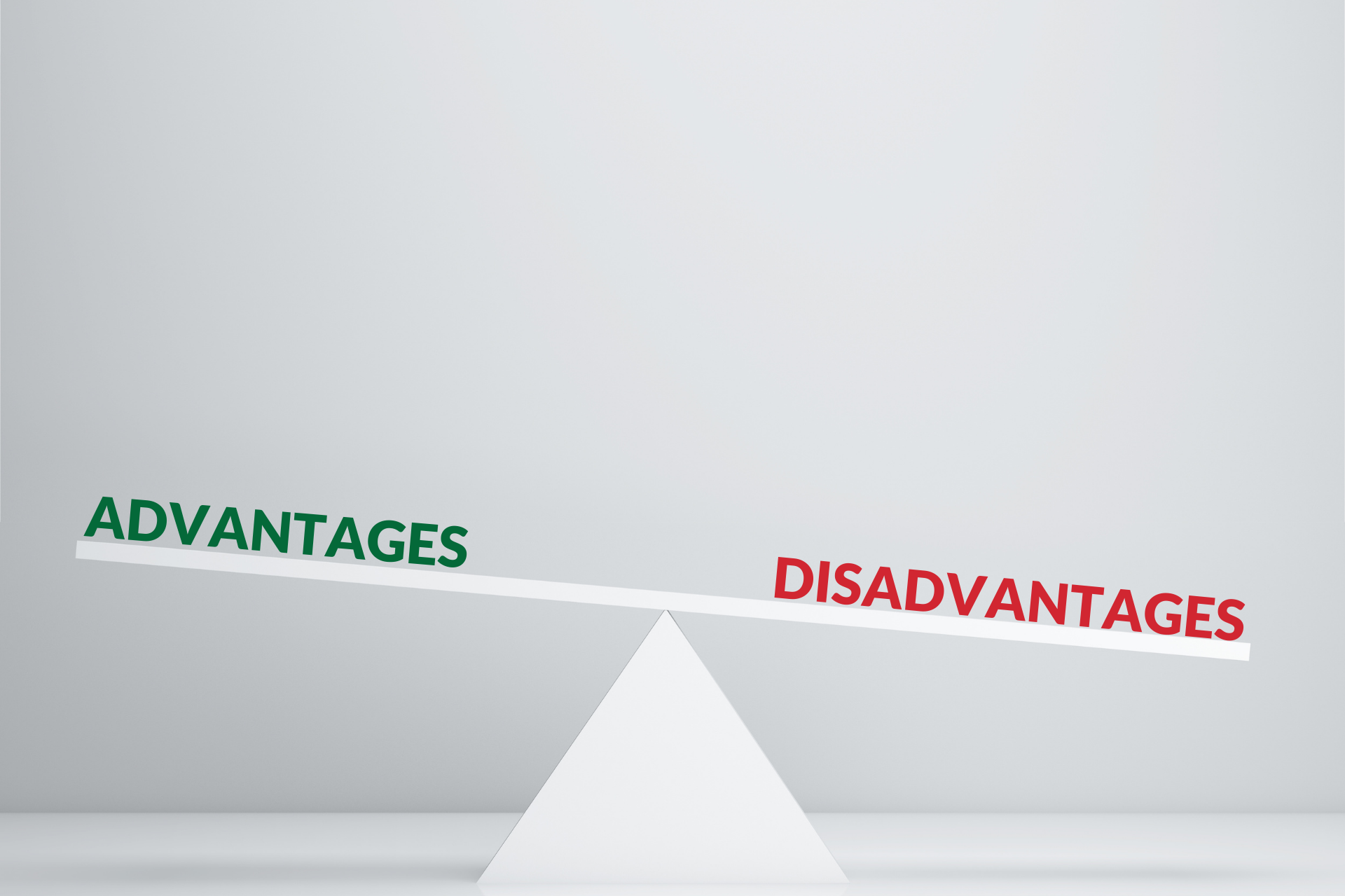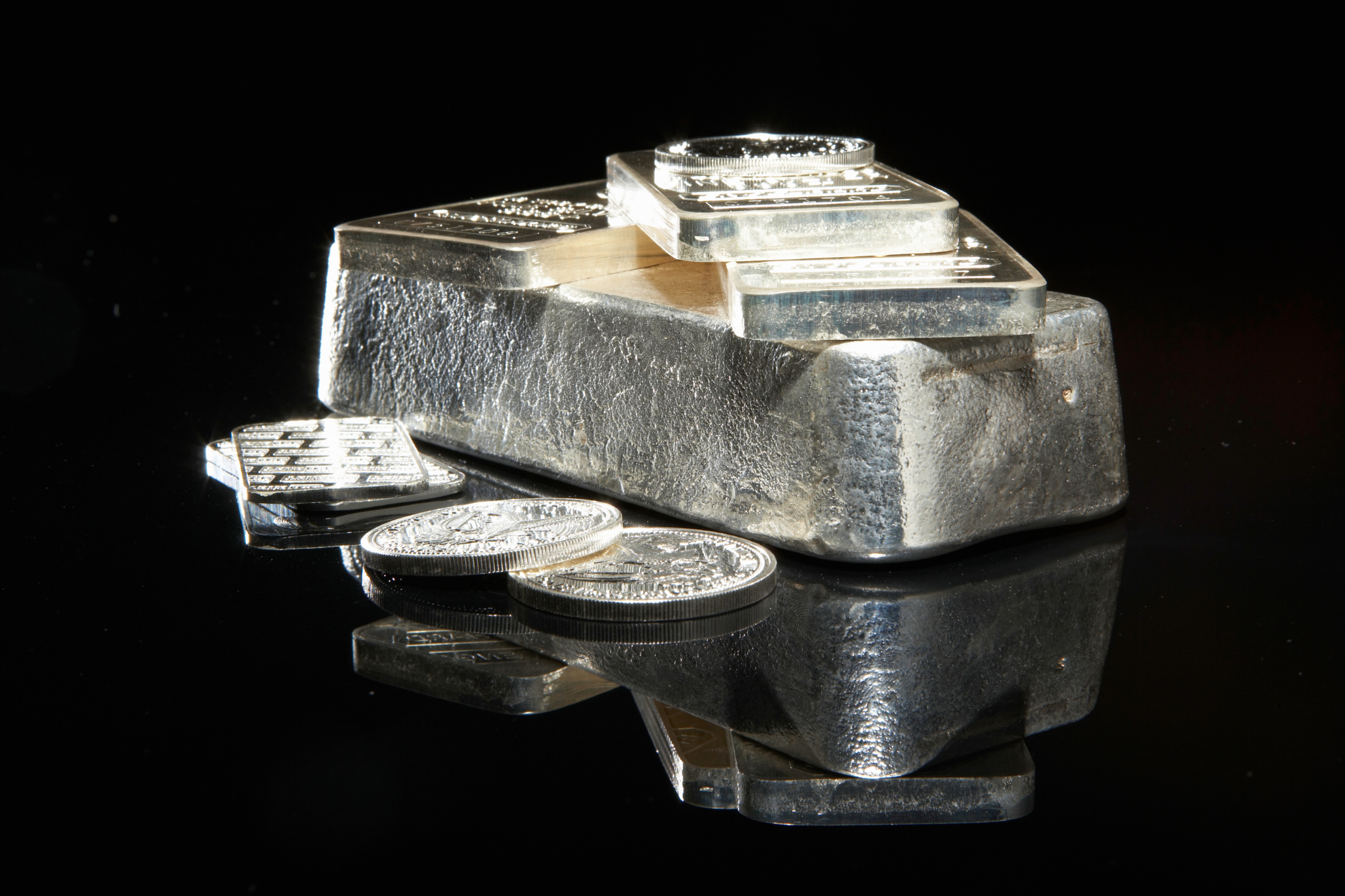With Inflation at 8.5%, The Sterling Case for Silver
Spot Silver $22.54 - 5/03/22
 A quick look at the price of silver today leads one to believe that it is about $25 per ounce, which is roughly half of what it was in the spring of 2011. (Silver traded as high as $48.50 on 4/28/11.) But that is the spot price for a futures contract. Physical silver, purchased in smaller amounts (bars or coins) is closer to $30/oz.
A quick look at the price of silver today leads one to believe that it is about $25 per ounce, which is roughly half of what it was in the spring of 2011. (Silver traded as high as $48.50 on 4/28/11.) But that is the spot price for a futures contract. Physical silver, purchased in smaller amounts (bars or coins) is closer to $30/oz.
Another quick look at almost all other commodities or raw materials reveals that prices are at all-time highs or at least 40-year highs. Yet silver (and platinum) is down close to 50% in the midst of this roaring inflation.
Silver and gold have been “money” for thousands of years now. In fact, there are still over a dozen nations whose word for money is the same as it is for silver! Gold and silver have been proven inflation hedges and stores of wealth at least since Roman times, if not before.
Silver is the best reflector of light and the best conductor of electricity. It has a growing myriad of uses in the industry (in addition to jewelry and serving as “money”), and is imperative in smartphones, medical imaging, solar panels, and electric vehicles, to name a few. The world must have silver.  It is estimated that there are only 1-1.5 billion ounces of available above-ground supply of silver at this time. The global annual production of silver is approximately 1 billion ounces, but global demand for the past 5-10 years has also been an average of about 1 billion ounces. For 2022, global silver demand is expected to reach 1.112 Bounces, while global supply/production is expected to come in at 1.092 Bounces. To say the silver market is tight is an understatement.
It is estimated that there are only 1-1.5 billion ounces of available above-ground supply of silver at this time. The global annual production of silver is approximately 1 billion ounces, but global demand for the past 5-10 years has also been an average of about 1 billion ounces. For 2022, global silver demand is expected to reach 1.112 Bounces, while global supply/production is expected to come in at 1.092 Bounces. To say the silver market is tight is an understatement.
The demand for solar panels and electric vehicles alone in the next 5-10 years implies a brewing crisis in silver. And yet, silver is DOWN almost 50% from its highs 11 years ago, while everything else is in the sky at 40-year highs. How can that be? Does that make any sense if it is an absolutely critical raw material and is in short supply?
Uh, no. Actually, the LBMA announced on 5/11/21 that they had overstated their silver holdings by 3,300 tones! That’s over 116 million ounces—116,000 large, heavy bars! Is this really believable? To those of us who have been following the silver manipulation saga for the past 10-20 years, this was not surprising, and we certainly did not believe that they actually ever had that silver.
In the United States, the government agency that regulates and oversees the commodities markets is called the CFTC, or Commodities Futures Trading Commission. The CFTC is staffed by five commissioners, who each serve five-year terms. These people, and this agency, are responsible for the smooth and secure and continuous operation of the futures and commodities markets in the US. People don’t really think about it, but every day and every month, behind the scenes very quietly, the home builders are taking delivery of their needed lumber, and the plumbing and pipe industry is taking possession of their needed copper and lead and zinc and nickel, and the airlines and gas retailers are taking delivery of their needed jet fuel and gasoline and diesel. No one thinks about these huge and ongoing operations because they have to realistically go smoothly ALL THE TIME, or there would be a disaster in that given field, where delivery did not go off as needed.
 The corruption at the CFTC has been in pace for quite a long time. The precious metals manipulation situation eventually got so bad and so blatant that it made the New York newspapers and the CFTC was forced to hold hearings about it. In September of 2008, the CFTC began a five-year probe into the alleged silver and gold manipulations. Then, in September of 2013, the CFTC suddenly closed the investigation and declared that there was “no viable basis to bring an enforcement action.”
The corruption at the CFTC has been in pace for quite a long time. The precious metals manipulation situation eventually got so bad and so blatant that it made the New York newspapers and the CFTC was forced to hold hearings about it. In September of 2008, the CFTC began a five-year probe into the alleged silver and gold manipulations. Then, in September of 2013, the CFTC suddenly closed the investigation and declared that there was “no viable basis to bring an enforcement action.”
The timing of this was suspect because just one day before, Andrew Maguire had appeared on The Keiser Report to disclose the information that the CFTC was seemingly ignoring. In an article entitled “Abject Corruption” by TF Metals Report on 9/17/19, we read,
So, in summary…
1. The Enforcement Division of the CFTC runs a five-year investigation into silver price manipulation, only to immediately close the investigation once presented with irrefutable whistleblower evidence of said manipulation.
2. The head of the Enforcement Division, David Meister, quits the CFTC within a week of closing this investigation.
3. Meister then takes a job with Washington law firm, Skadden LLP.
4. Skadden LLP has been retained by Michael Nowak, former head of the JPMorgan precious metals desk, as his defense attorneys. The lead attorney defending Nowak is David Meister.
 And there you have it. Abject corruption that is in your face and undeniable with another case of the Financial-Political Complex protecting its own.
And there you have it. Abject corruption that is in your face and undeniable with another case of the Financial-Political Complex protecting its own.
So, the head of the enforcement division of the CFTC leaves suddenly and turns around and represents the lead target of the manipulation. You can’t write this script.
One year later, on 9/23/20, CNBC reported that JPMorgan Chase is close to paying almost $1 billion to resolve government investigations into the alleged manipulation of metal and Treasury markets, according to a person with knowledge of the matter.
The case was revealed in September 2019 when a 14-count criminal indictment against three current or former JPMorgan employees, including the global head of base and precious metals trading, was unsealed.
The indictment alleges the traders, along with eight unnamed co-conspirators who worked at JPMorgan offices in New York, London and Singapore, participated in a racketeering conspiracy in connection with a multiyear scheme to manipulate the precious metals markets and defraud customers.
Named in the indictment were Michael Nowak, a former managing director who also headed the firm’s global precious metals desk, along with Gregg Smith and Christopher Jordan, who both held the title of executive director and were traders on the firm’s precious metals desk.
Where can silver prices go now…from 12-year lows?
If the powers that be have been able to keep a tight lid on silver prices for well over a decade now, and even in the midst of the worst bout of inflation seen in the US (and elsewhere), why should investors buy it? Can’t they keep the price suppressed for another 10 years if they want?
 I think the clear answer is absolutely not. There are a couple of reasons for this. First off, history shows us that all manipulations end at some point, and that the longer and further you have pushed the manipulation, the more severe and prominent the spring back or reversal will be. Secondly, there is going to be more silver demanded in the near term (i.e. the rest of this decade) by various large buyers, such as the solar and electric vehicle industries, than will be available through production. So, there is actually a crisis brewing in silver, and as mentioned earlier, the U.S. Mint acknowledged on 5/28/21, that there is a “global shortage,” and the LBMA disclosed that they had “overstated” their silver holdings by 3,300 tonnes!
I think the clear answer is absolutely not. There are a couple of reasons for this. First off, history shows us that all manipulations end at some point, and that the longer and further you have pushed the manipulation, the more severe and prominent the spring back or reversal will be. Secondly, there is going to be more silver demanded in the near term (i.e. the rest of this decade) by various large buyers, such as the solar and electric vehicle industries, than will be available through production. So, there is actually a crisis brewing in silver, and as mentioned earlier, the U.S. Mint acknowledged on 5/28/21, that there is a “global shortage,” and the LBMA disclosed that they had “overstated” their silver holdings by 3,300 tonnes!
If virtually all other commodities and raw materials are up at all time highs (or at least 40-year highs) and silver is actually down 45% from its 2011 highs, how much upside is there really for silver—if it can begin to trade freely? Most silver analysts suggest that silver can easily break through the $100/ounce level (it should be there right now!) and quite possibly much higher if the market gets tighter, or as demand continues to grow, or if inflation rates, in general, stay high, or go higher. There are many reasons to buy and hold physical silver at this time.
In summary: huge upside with limited downside risk…
 It is highly doubtful that most Americans’ houses will double or triple from here, and it is highly doubtful that stocks will double or triple again any time soon, but for silver to double to $50, or triple to $75, or even quadruple to the $100/ounce level seems quite realistic, and probable. And, perhaps best of all, you have that type of huge upside, with very little downside risk. Silver is already near 12-year lows, with a strong supply versus demand outlook, so other than some additional and temporary manipulative downward pressure from more futures market actions, silver may not have much downsides, but plenty of upsides, and it is something the world absolutely must have!
It is highly doubtful that most Americans’ houses will double or triple from here, and it is highly doubtful that stocks will double or triple again any time soon, but for silver to double to $50, or triple to $75, or even quadruple to the $100/ounce level seems quite realistic, and probable. And, perhaps best of all, you have that type of huge upside, with very little downside risk. Silver is already near 12-year lows, with a strong supply versus demand outlook, so other than some additional and temporary manipulative downward pressure from more futures market actions, silver may not have much downsides, but plenty of upsides, and it is something the world absolutely must have!
Author
Robert Ryerson
Although Robert M. Ryerson completed all the necessary requirements to earn bachelor of arts degrees in both English and economics at Rutgers University, college policy at the time prohibited the issuance of dual degrees. As a result, he graduated from Rutgers with a single bachelor of arts in economics before finding employment as a stockbroker with Shearson Lehman American Express in New York City 1984. Robert M. Ryerson has since established himself as a respected estate administrator and legacy planner. In addition to his economics degree from Rutgers, Mr. Ryerson holds several professional designations including Retirement Income Certified Professional (RICP)®; Certified In Long Term Care (CLTC)®; Certified Financial Fiduciary (CFF)®, and Certified Identity Theft Risk Magenament Specialist (CITRMS)®. He has shared his knowledge on the subject of identity theft as the author of the book What’s The Deal With Identity Theft?: A Plain-English Look at Our Fastest Growing Crime. He has also covered identity theft issues directly for students as the instructor of the adult education course Understanding Identity Theft: Our Fastest Growing Crime.






